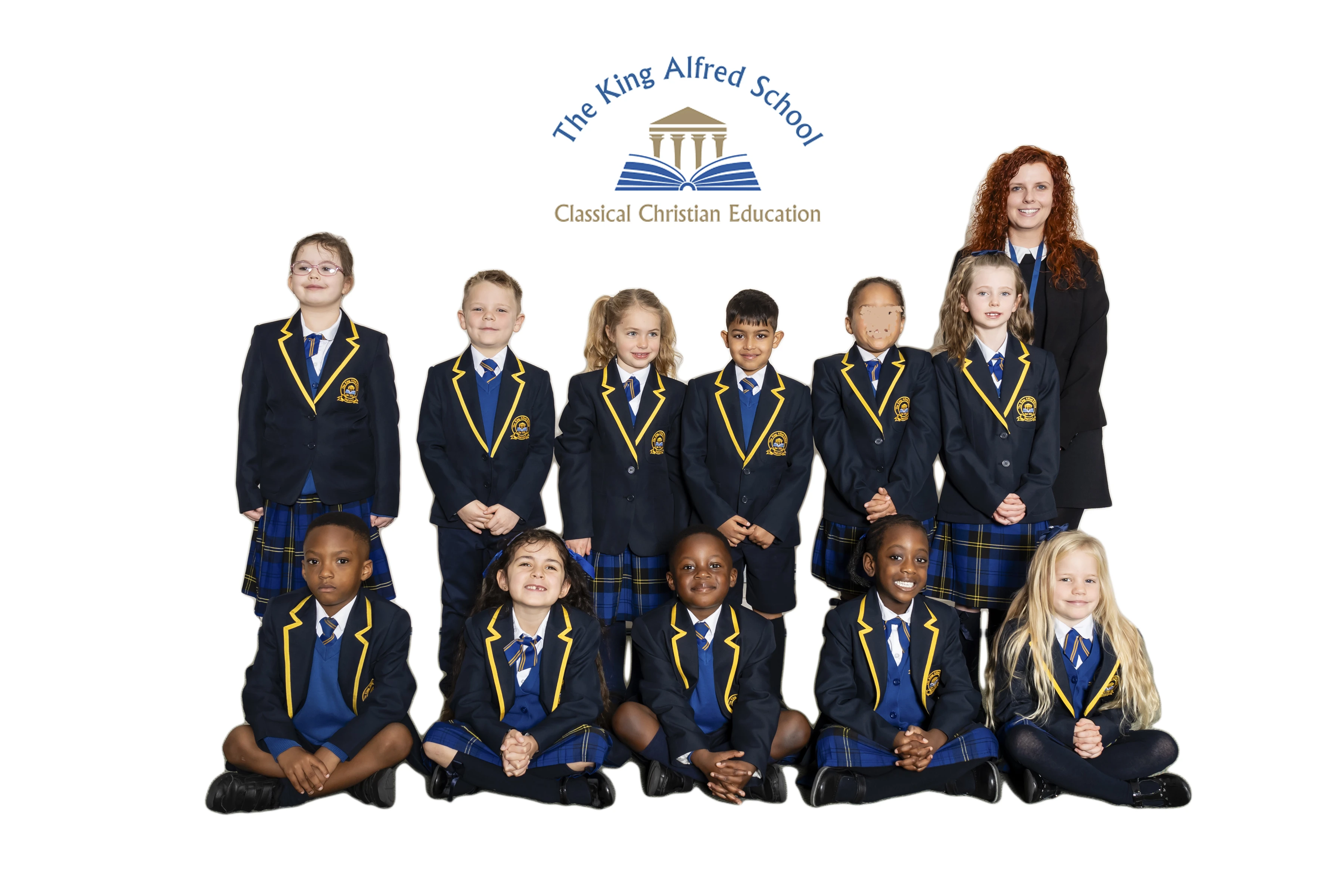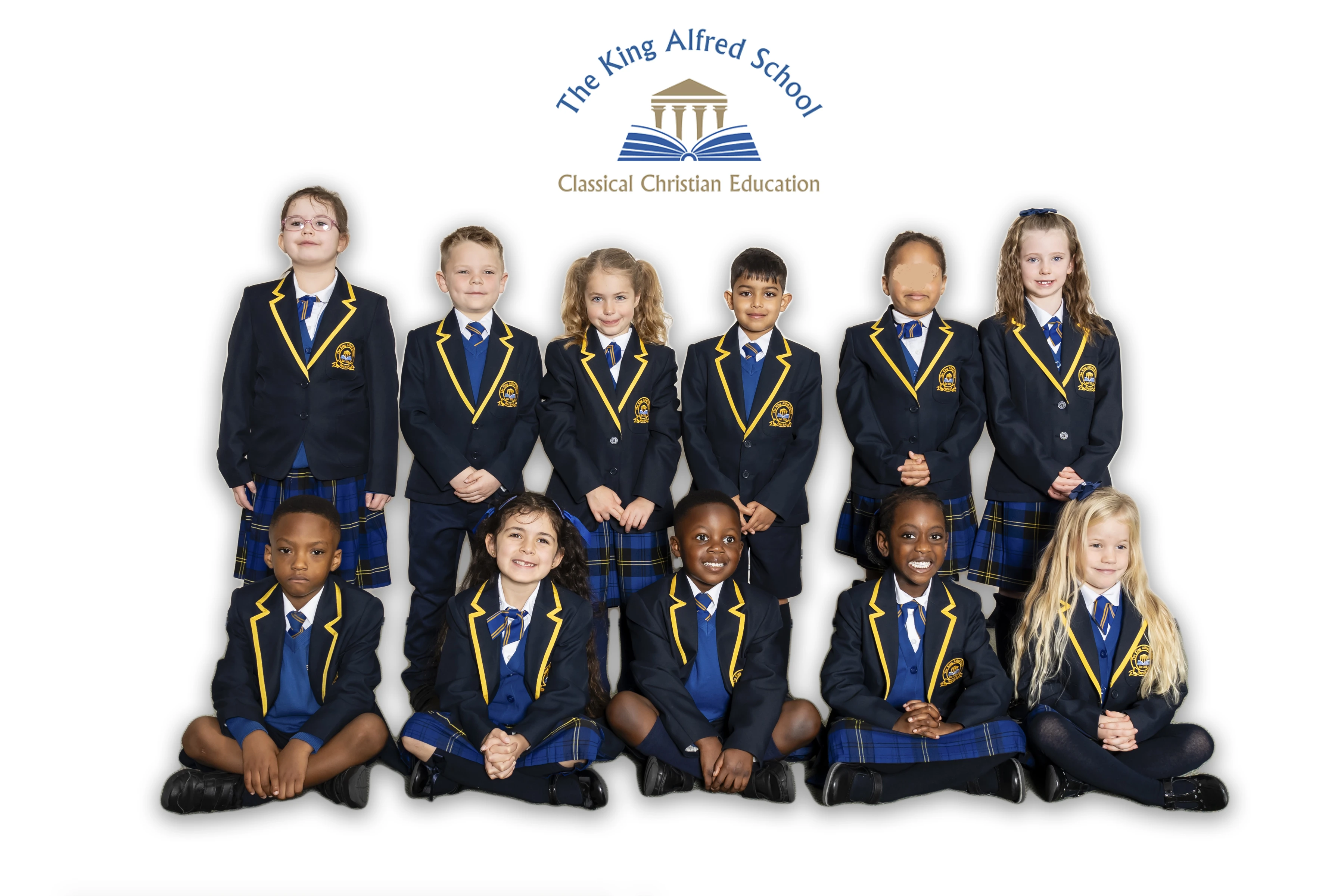Our Learning
Genre focus: fiction
We will be building upon comprehension and grammar skills at word and sentence level when reading three stories about ducks.
Language Skills:
- word level: nouns, proper nouncs, adjectves and verbs.
- synonyms and antonyms.
- sentence structure including interesting phrases and varied sentence lengths for purpose and effect.
- punctuation: capital letter (for proper nouns), full stops, exclamation marks and questions marks
Phonics:
Continued consolidation of phase 3-5 phonemes. Reading and writing Year 1 and 2 spellings and common exception words.
Calculation: division, multiplication and problem solving using these operations
Measurement: telling the time on an analogue clock for past the hour.
Our learning is centred around studying birds with a specific focus on: waterfowl.
Science:
- Studying and comparing waterfowl to previously taught birds such as birds of prey and the robin.
- Focus on ducks (mallard): study their anatomy (inc. wings/flight, beak and feet – webbed for swimming, waddled walking), their distinct abilities (“swimming”), diet, habitat, differences between males and females, etc. Draw comparisons to the last studies: robins and birds of prey (comparison of anatomy and the difference in their purpose - beaks, talons/feet, eyes, body, feathers). Compare the size of a mallard duck to other birds already studied.
- Focus on swans: study their anatomy (inc. wings/flight, beak and feet – webbed for swimming, waddled walking), their distinct abilities (“swimming”), diet, habitat, etc. Draw comparisons to the last studies: robins and birds of prey (comparison of anatomy and the difference in their purpose - beaks, talons/feet, eyes, body, feathers). Compare the size of a mallard duck to other birds already studied.
- Study of one or more other British waterfowl: puffins, different breeds of ducks, Canadian
geese, etc. Look at their location (do they migrate?) and anatomy, etc. - Exploring and experimenting with properties of materials: absorbant and water-repellent. Studying how feathers of waterfowl are adapted allow them to stay repel water rather than absorb it. Experiments involving oil and water.
Art:
- Mallard Duck - John James Audubon
- The Duck Pond and Little Duck Pond both by Claude Monet
- Water Lilies by Claude Monet (and any other similar works of his related to ponds/water
such as The Water Lily Pond) - Using and experimenting with water colour paints.
Geography: bodies of water focus: names given to different bodies of water e.g. stream, lake, pond, river, ocean, etc. to understand the geographical terms for describing different bodies of water in our country and elsewhere as well as naming the habitats of different waterfowl.
Music: focus on ballet as an art form - and how classical music inspires ballet performances using Swan Lake as an example of a narrative told through music and dance. Children will revisit and learn more about the composer Pyotr Ilytich Tchaikovsky
Using The Go and Tell Storybook: 30 Bible Stories Showing Why We Share about Jesus by
Laura Ritchie to understand that following Jesus’ time on earth, His disciples (and
others) went out to preach the gospel. Children will learn the composition of the Bible as 66 books within the Old Testament and New Testament.
What we are reading this half term:
Fiction:
Non-fiction:
Poetry:
Useful Information
PE day: every Wednesday
Home learning wallets (including reading books) due in: every Monday
Library books due in: every Friday
Please see the main Parent Portal page for any school closure dates
- Please ensure all uniform is clearly labelled with your child's name.
- PE pumps and horticulture kits need to be kept at school at all times.


